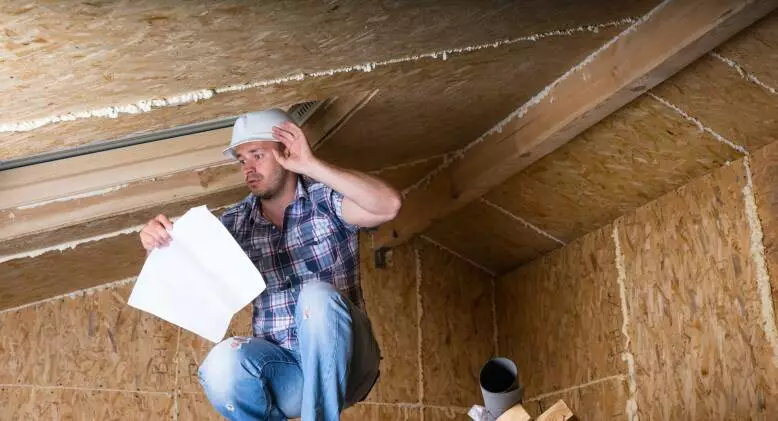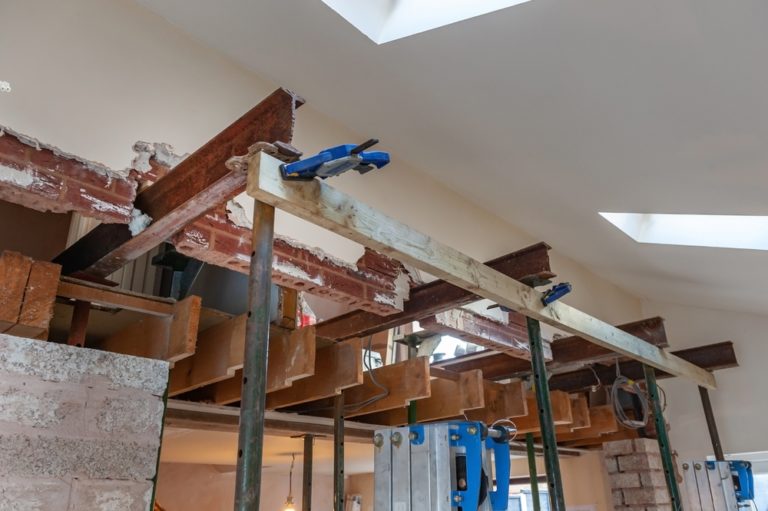When it comes to home construction, load bearing walls play a crucial role in ensuring the structural integrity and safety of a house. These walls support the weight of the structure and transfer it to the foundation, making them an essential component of any building. In this blog, we will discuss the importance of load bearing walls, how to identify them, and the implications of removing them.
What are Load Bearing Walls?
Load-bearing walls play a pivotal role in maintaining the structural integrity of a building. Their primary function is to bear the weight of the structure above, including the roof, the floors, and any additional levels, and transfer this load to the building’s foundation.
Moreover, load-bearing walls are constructed with robust, durable materials capable of supporting substantial weight. These materials include concrete, brick, or concrete blocks. The thickness of these walls often exceeds that of non-load-bearing walls or partition walls, as the latter primarily serve to divide space and provide privacy rather than support weight.
Interestingly, not all walls within a building are load-bearing. Some walls, known as partition or curtain walls, are purely architectural elements, designed to segregate areas or rooms without carrying any structural load. These walls can be removed or altered without impacting the building’s structural integrity, unlike load bearing walls.

Identifying Load-Bearing Walls
It’s essential to know how to identify load bearing walls to avoid compromising a home’s structural integrity. Here are a few tips to help you identify load-bearing walls:
- Check the blueprints or building plans to determine which walls are load-bearing
- Look for walls that are perpendicular to the floor joists
- Check the basement or crawl space for walls that rest on the foundation
- Identify walls that support heavy loads, such as those above a fireplace or staircase
Implications of Removing Load-Bearing Walls
Removing a load bearing wall without proper planning and execution can have severe consequences. It can compromise the structural integrity of the house, causing it to shift or collapse. It can also cause damage to the plumbing, electrical, and HVAC systems. Therefore, it’s crucial to consult with a structural engineer before removing any load-bearing walls.
The Role of a Structural Engineer
Our structural engineers in Dallas Fort Worth play a critical role in ensuring safe and proper load-bearing wall removal. They can assess the home’s structure and determine which walls are load-bearing and which are not. They can also design a plan to remove the load-bearing wall safely and ensure that the structure remains stable.
In conclusion, load-bearing walls are an essential component of home construction. Homeowners should understand the significance of load-bearing walls, know how to identify them, and the implications of removing them. It’s crucial to consult with a structural engineer before any load-bearing wall removal to ensure the safety and structural integrity of the home.






